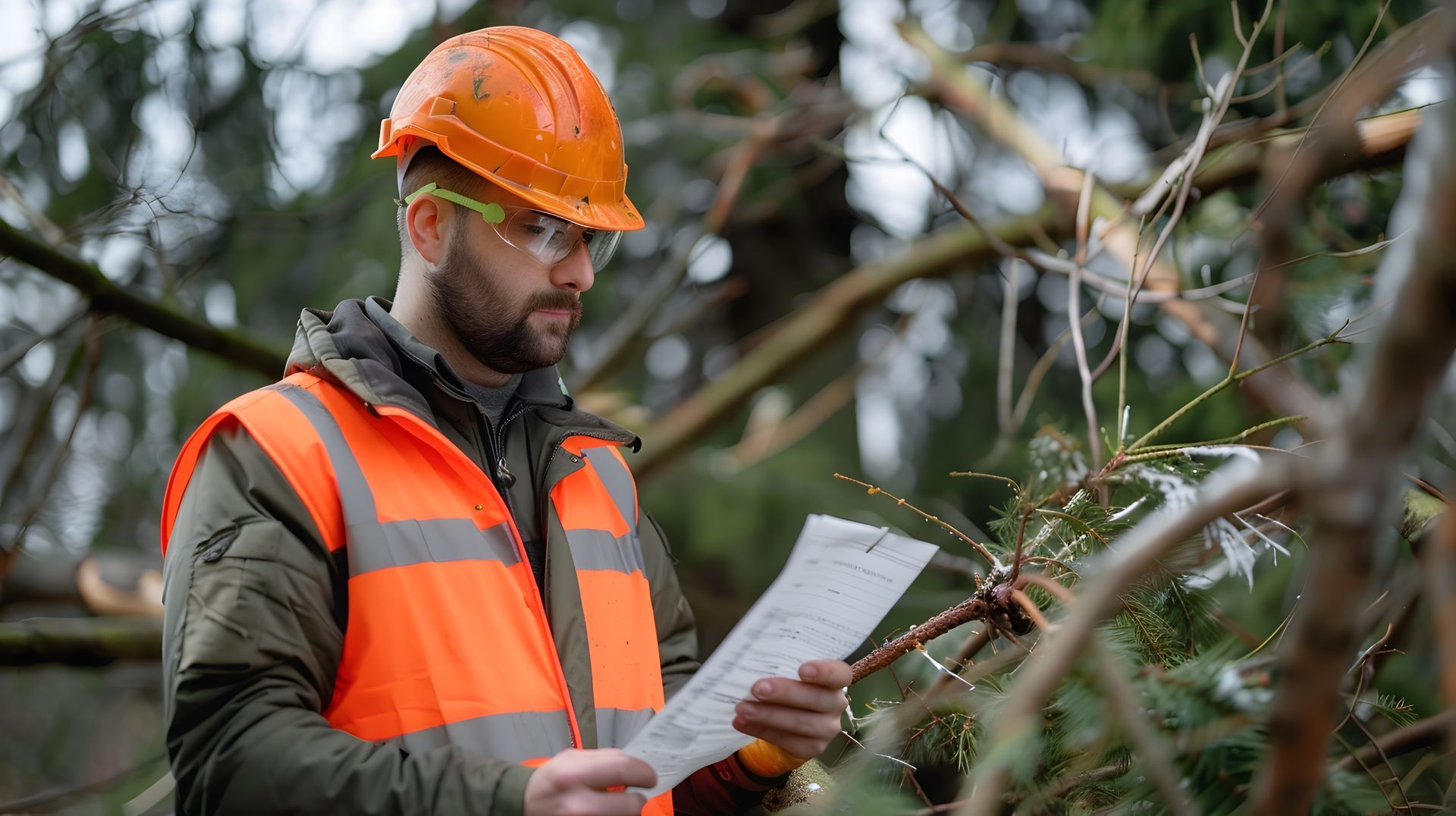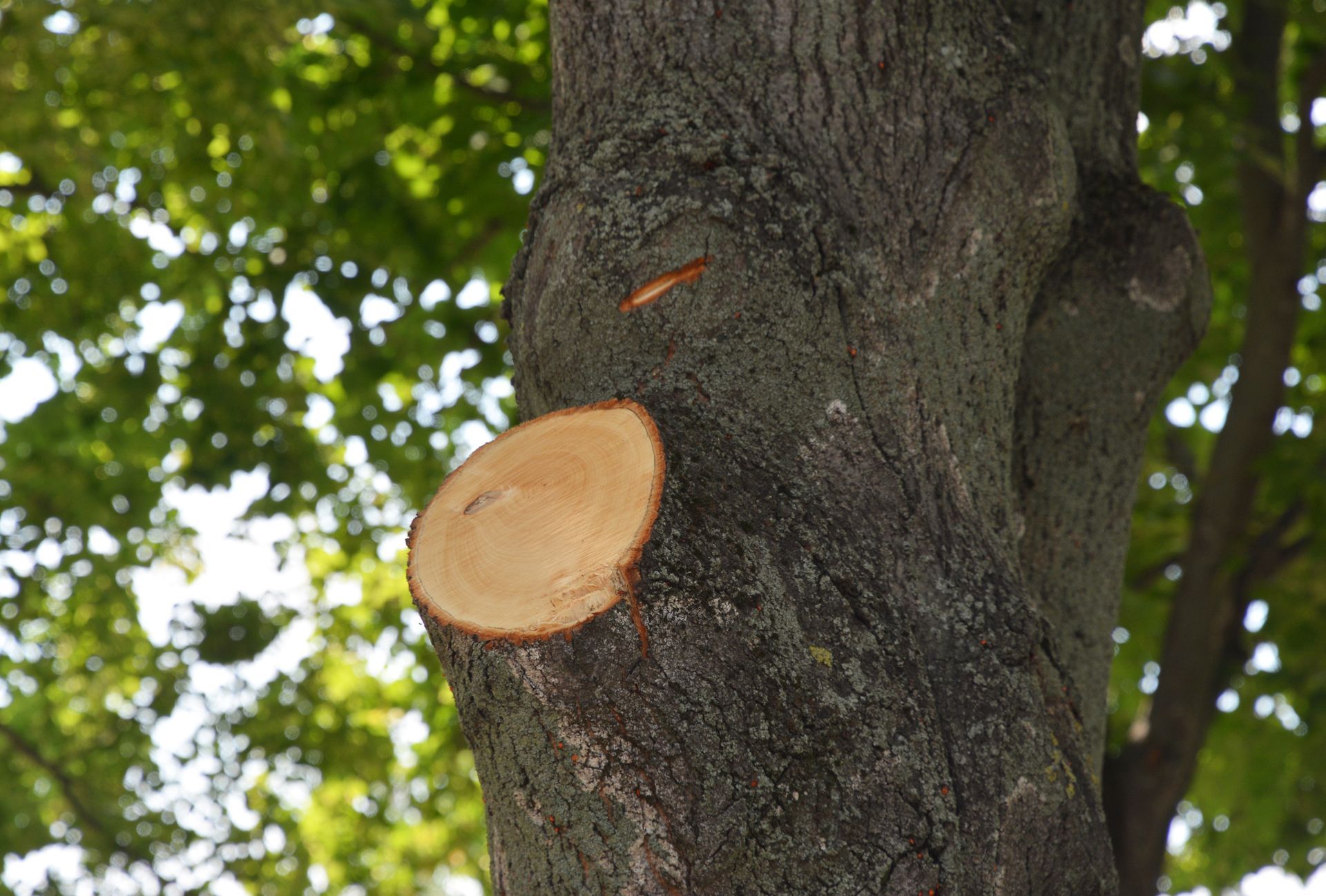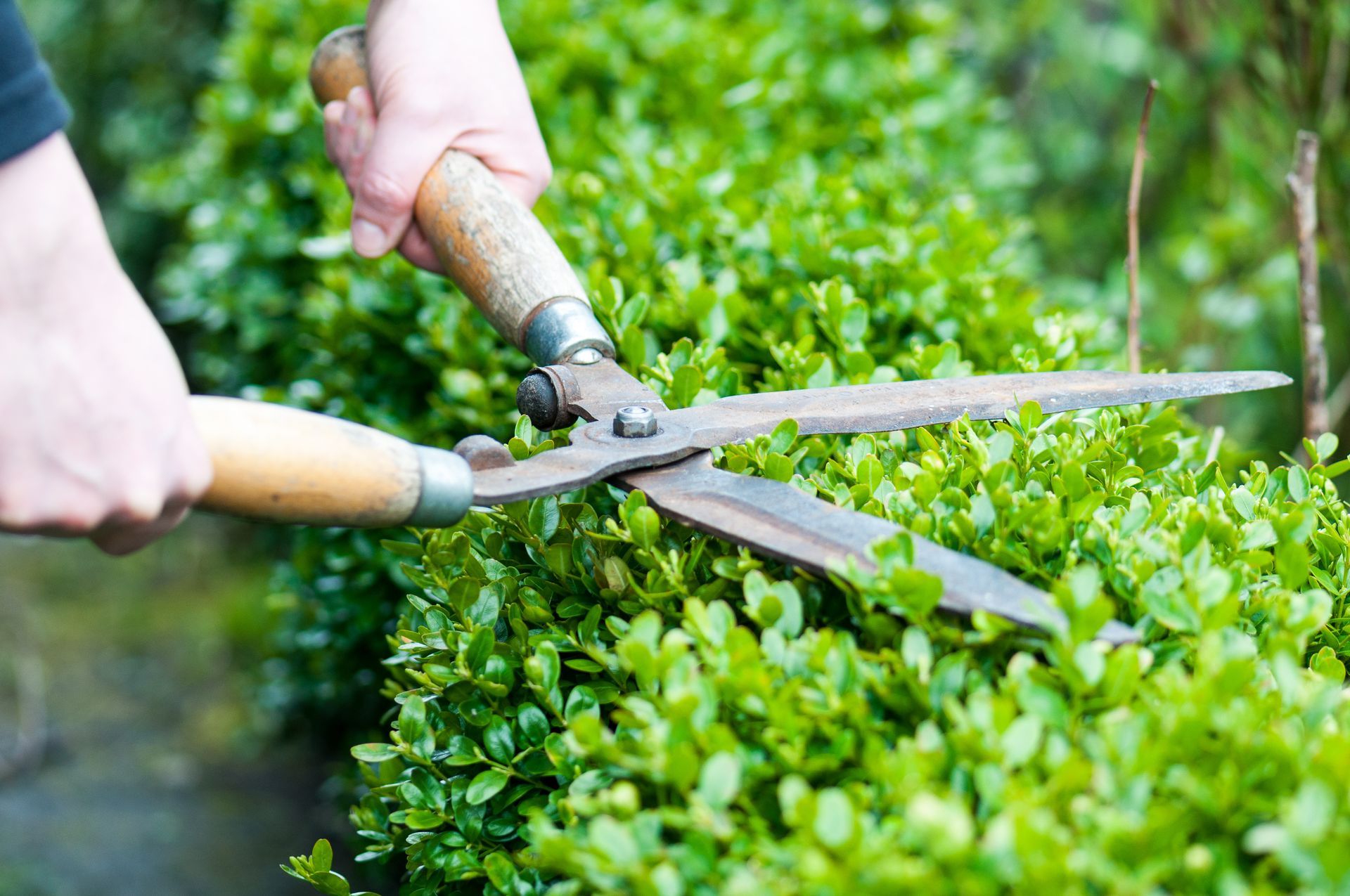Comprehensive Guide to Tree Cutting in Irvine: Tips, Techniques, and FAQs
Introduction
Tree cutting is an essential aspect of maintaining the urban environment in Irvine. With a perfect blend of nature and modern living, Irvine's landscape boasts a diverse range of trees that enhance the aesthetic beauty and contribute to a healthier environment. However, proper tree cutting is crucial to ensure safety, maintain the ecosystem, and promote the growth of new foliage. In this comprehensive guide, we'll explore the art and science of tree cutting in Irvine, covering techniques, regulations, safety measures, and much more.
Tree Cutting Irvine: A Blend of Science and Skill
Tree cutting in Irvine requires a delicate balance between scientific knowledge and practical skill. Arborists, or tree care experts, are well-versed in understanding the biology and growth patterns of various tree species, allowing them to perform precise cutting techniques that benefit the trees and the surrounding environment.
Key Steps for Successful Tree Cutting
Evaluating Tree Health and Condition
Before starting any tree cutting process, it's crucial to assess the health and condition of the tree. Look for signs of disease, decay, pest infestations, or structural weaknesses. A certified arborist can provide a detailed evaluation and recommend the best course of action.
Pruning for Optimal Growth
Pruning is an essential technique that involves the selective removal of branches to encourage healthier growth. Proper pruning can enhance tree aesthetics, promote air circulation, and prevent potential hazards such as falling limbs.
Identifying Proper Cutting Angles
Cutting angles play a pivotal role in the health and safety of a tree. Improper cuts can lead to disease penetration and hinder the tree's ability to heal. Arborists are trained to make precise cuts at appropriate angles to minimize damage.
Safety Measures During Tree Cutting
Safety is paramount during tree cutting. Professionals use protective gear, harnesses, and ropes to ensure they are secure while working at heights. It's recommended to hire experienced arborists for any tree cutting project to prevent accidents.
Pruning Techniques for Tree Cutting Irvine
Crown Thinning
Crown thinning involves removing select branches to increase light penetration and airflow through the tree's canopy. This technique enhances the tree's overall health by reducing the risk of disease and promoting even growth.
Crown Lifting
Crown lifting focuses on removing lower branches to create clearance underneath the tree. This technique is commonly used to prevent obstruction of walkways, roads, and structures.
Deadwood Removal
Removing dead or dying branches not only improves the tree's appearance but also eliminates potential hazards. Deadwood can fall unexpectedly and pose risks to property and people.
Local Regulations and Permits
City Guidelines for Tree Cutting
Irvine has specific regulations concerning tree cutting to preserve the city's greenery. Before initiating any tree cutting project, homeowners and property managers should consult the city's guidelines and obtain the necessary permits.
Protected Tree Species
Certain tree species are protected due to their significance in the local ecosystem. It's important to identify these species and adhere to stringent regulations when cutting or pruning them.
FAQ's
Is a permit required for tree cutting in Irvine?
Yes, a permit is usually required for tree cutting in Irvine. It's essential to check with the city's forestry department to determine whether your specific tree cutting project needs a permit.
Can I prune trees on my property by myself?
While minor pruning might be manageable, it's advisable to hire a certified arborist for significant tree cutting and pruning projects. Professionals have the expertise to ensure proper techniques and prevent damage.
How much does tree cutting service cost in Irvine?
The cost of tree cutting in Irvine can vary based on factors such as tree size, location, and complexity of the project. It's recommended to obtain quotes from multiple arborists to get an accurate estimate.
What's the best time of year for tree cutting?
Late fall to early spring is generally the best time for tree cutting in Irvine. During this period, trees are dormant, reducing stress and minimizing the risk of disease transmission.
How do I know if a tree is a safety hazard?
Signs of a potentially hazardous tree include visible decay, leaning to one side, large dead branches, and cracks in the trunk. If you're unsure, consult a professional arborist for an assessment.
Can I replant a tree after cutting it?
Yes, you can replant a new tree after cutting an old one. Consult with an arborist to determine the right species and location for replanting, considering soil conditions and available space.
Conclusion
Tree cutting in Irvine is both an art and a science that requires careful consideration of the tree's health, species, and local regulations. By following the proper techniques and seeking advice from certified arborists, property owners can contribute to the beauty and sustainability of Irvine's urban landscape while ensuring the safety of residents and their surroundings.




